Up Next

IndyCar’s delayed 2020 season-opener at Texas Motor Speedway was the closest guide yet to how this year’s global events will impact the on-track product and wider atmosphere when Formula 1 finally begins next month.
Though the high-banked superspeedway and single-chassis formula is not a precise match for F1, IndyCar’s status as a major international single-seater series made it a more relevant comparison than NASCAR’s return to racing last month.
There was much that was familiar about the Texas race – a Scott Dixon/Ganassi victory with Penske in pursuit – but also more that was different than you might’ve expected.
Here are some elements that stood out to us, and what they could indicate for F1’s Austrian Grand Prix return.
There will be mistakes
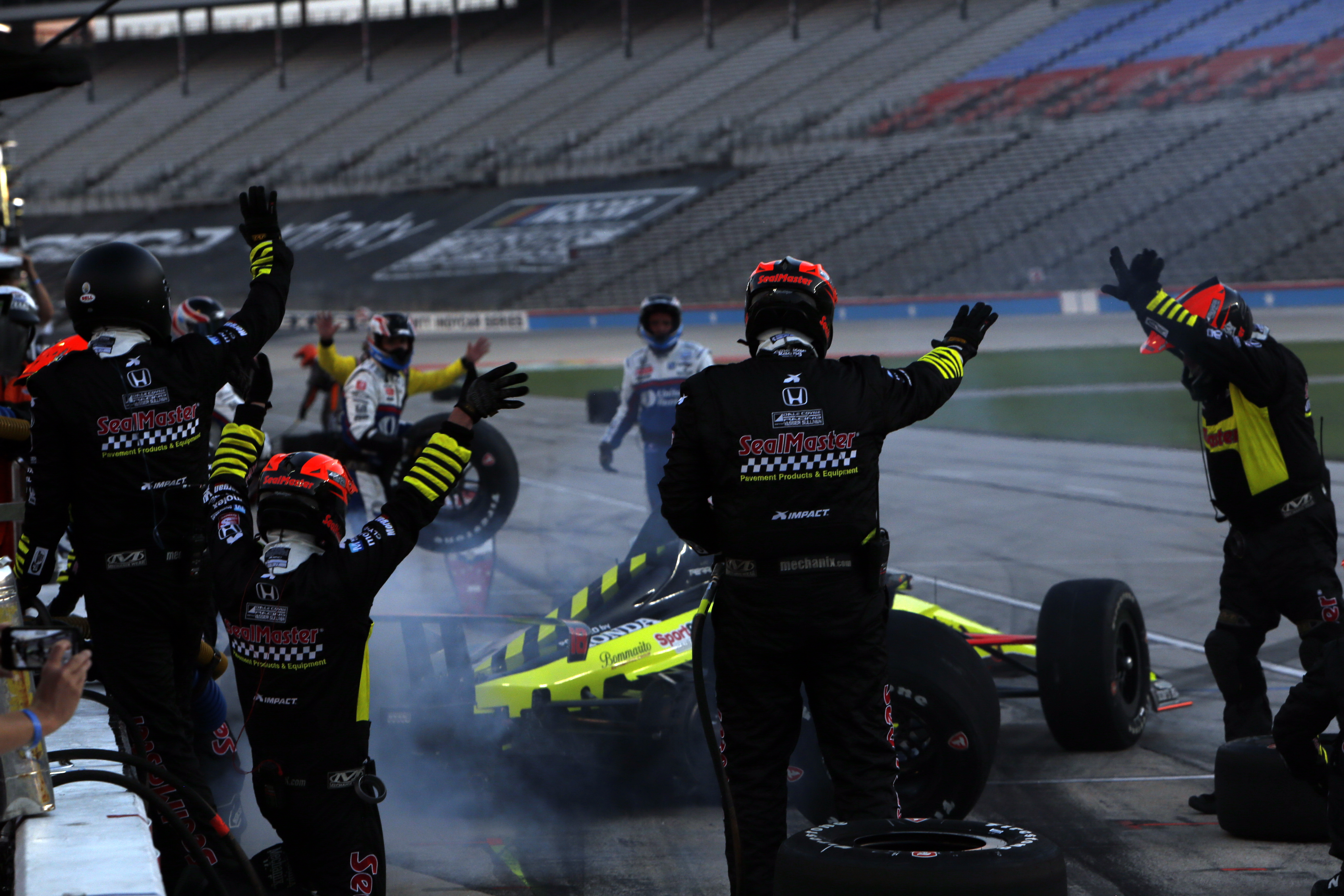
When F1 paddock figures talk of impending “chaos”, it’s often more in hope than expectation. Whether it’s a rule change, a tyre choice quirk, a circuit alteration or a weather situation being mooted as a catalyst for mayhem, those fears are invariably expressed either by teams hoping they’d gain from any madness or journalists eager for more to write about. Then when racing begins, F1’s sometimes irritating ability to be close to perfection squashes the irregularity and the status quo remains.
But Texas was a hint that predictions of plenty of incidents in Austria might not be wide of the mark.
While the IndyCar race day was hardly wall-to-wall chaos (just three caution periods, one of them for debris), there were constant signs of rustiness and jitters as teams and drivers were thrown back into under-pressure action after their prolonged spell on the sidelines.
Rinus VeeKay’s crash-filled day could be put down to his rookie status, but the teenager’s extremely experienced team boss Ed Carpenter very nearly joined him in the wall early in practice. Ryan Hunter-Reay gave Andretti Autosport a fraught start with his practice shunt, and Takuma Sato couldn’t even race after crashing in qualifying.
The slip in traffic that put potential winner Felix Rosenqvist into the wall was another error that might’ve been avoided had 2020 been playing out normally.
Pitstop incidents were commonplace too – with things going awry in stops for Penske, Andretti, Dale Coyne Racing and Rahal Letterman Lanigan.
And set-up outcomes were all over the place. Josef Newgarden and Simon Pagenaud may have ended up second and third, but both felt they’d gone off-course with settings and in totally different ways.
There was so much scope for tiny but costly errors.
Things shouldn’t be quite as fraught on that front for F1. IndyCar’s schedule was compacted into a single day – and it was a particularly long day for the large number of personnel flown in from Indianapolis on an early morning charter flight that put them straight into health checks even before setting up for practice. The Race understands the F1 schedule will be much closer to the usual timetable for a European race.
IndyCar hasn’t raced since last September and its sole full-field pre-season test was weather disrupted. F1 had a smooth six days of February running and raced as ‘recently’ as late November.
But the margin for error in F1 is even narrower than in IndyCar, and its teams will still be coming to Austria cold without the months of continuous preparation and in-competition practice they’re used to. Drivers will be out of the groove in a way most have never experienced in their careers before.
Texas showed how that cumulative rust can play out on track, and it will clearly have an impact in Austria too.
There’s scope for a masterclass
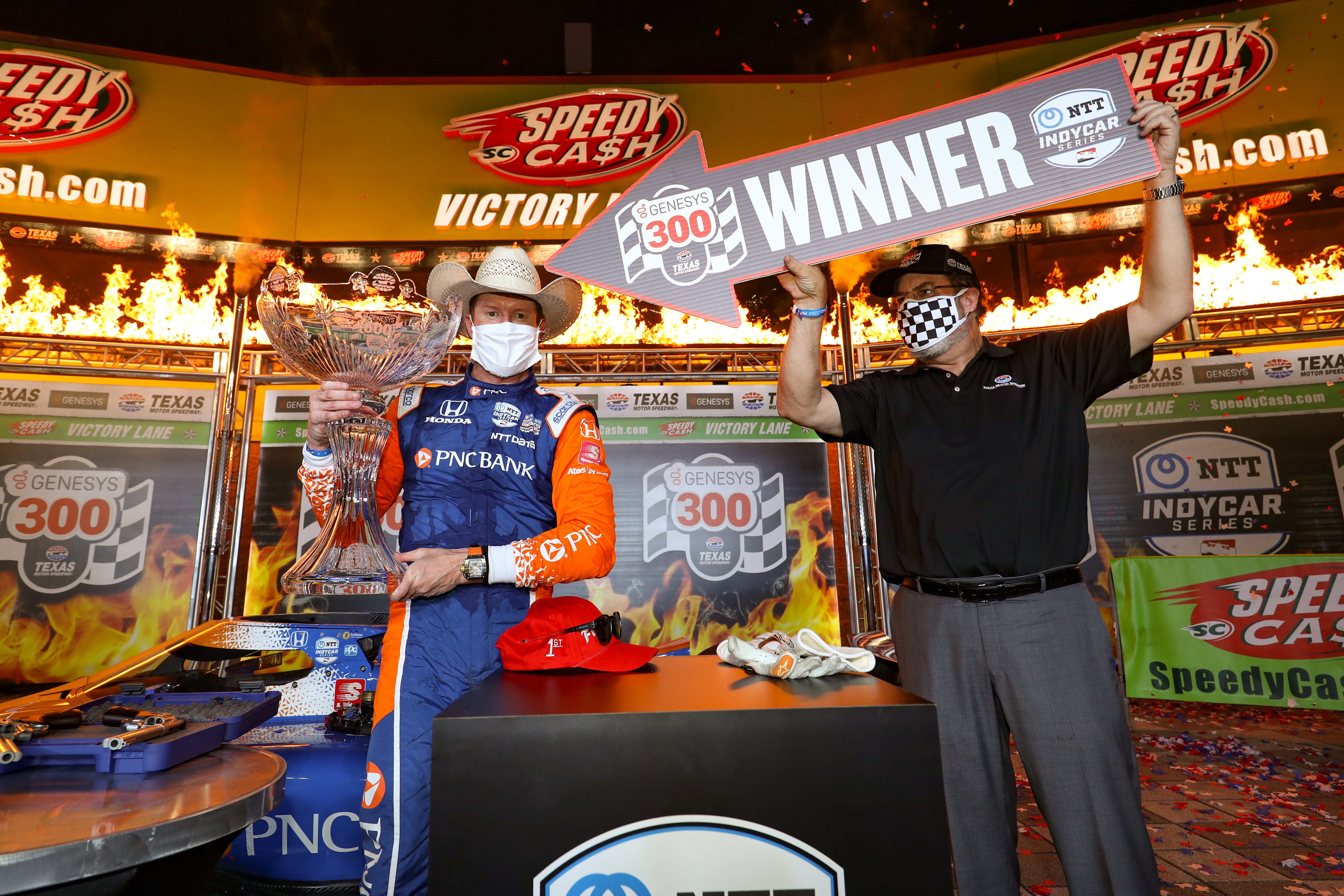
One driver seemingly rust-proof was winner Dixon. Fastest in practice, dominantly on provisional pole until Newgarden’s big effort, and then untouchable for the majority of the race.
When he lost the lead through a slower pitstop than his rivals, he nailed a restart to repass Ganassi team-mate Rosenqvist then put a brilliant move on Newgarden to retake a lead that he quickly made huge once again. Even when Rosenqvist was catching him later, he stayed unflappable in heavy traffic.
Our colleague Jack Benyon will be looking at Dixon’s spectacular day in depth later this week. It was a flawless drive that showed what’s possible if you hit the ground running in unusual circumstances when others need time to find their feet.
Specific winter efforts might not be derailed
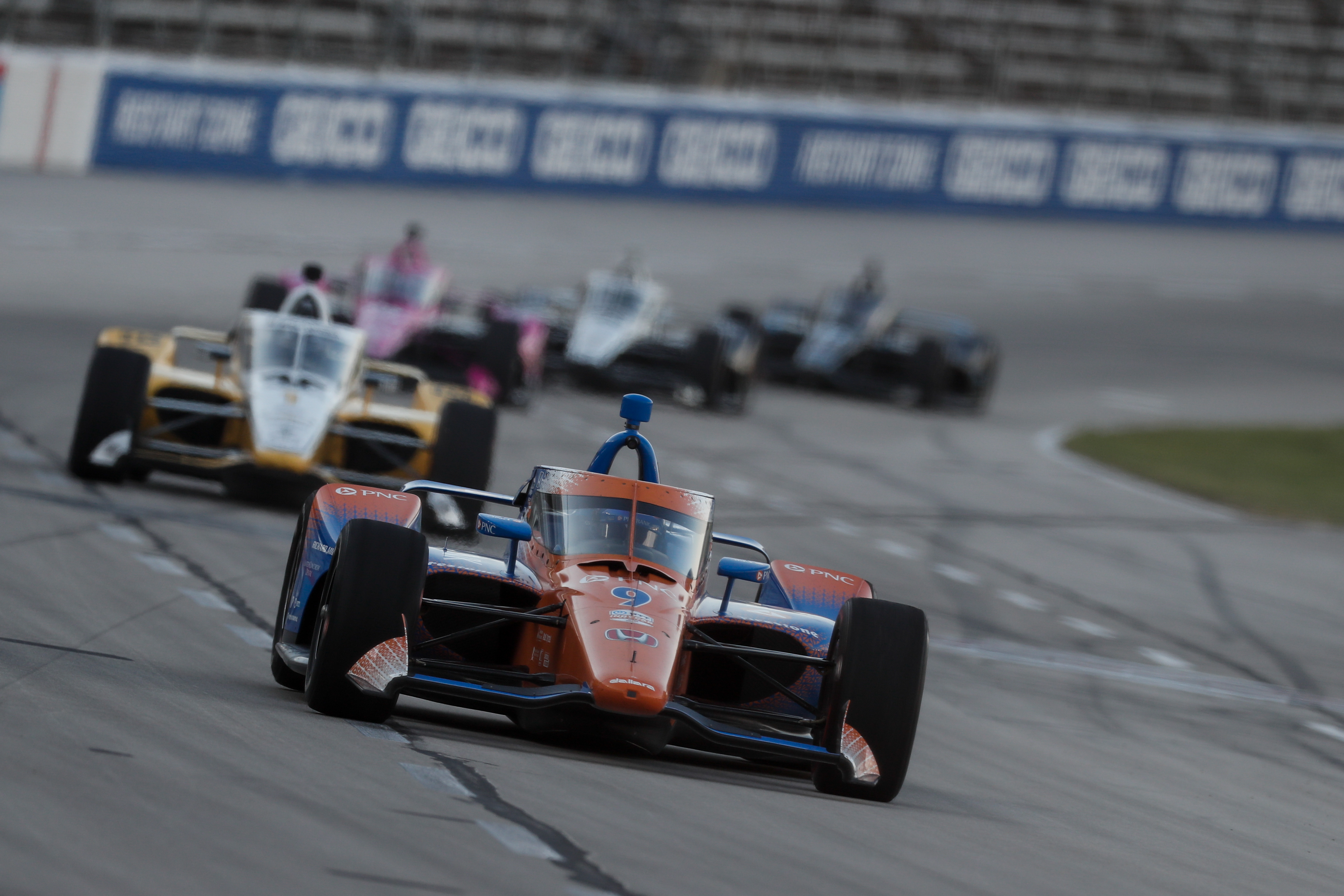
Ganassi clearly had really strong oval pace – which was a priority over the winter given its patchy 2019 form away from road and street courses. While it’s easy to draw conclusions early, those problems looked solved at Texas.
That suggests that massive disruption to preparations doesn’t necessarily derail the specific work a team or driver put in back in the winter.
In F1 terms, that’s an important pointer for Valtteri Bottas and Charles Leclerc. Bottas said he had made driving style changes and attended to other processes that he felt were better in testing but then didn’t get chance to prove it in a race. Leclerc said tyre management was a winter priority for him and had improved.
So can they pick up where they left off and put the gains they felt they’d made at Barcelona in February straight into action at the Red Bull Ring in July? How effectively they do so could make or break their title bids.
There’s an opportunity for underdogs
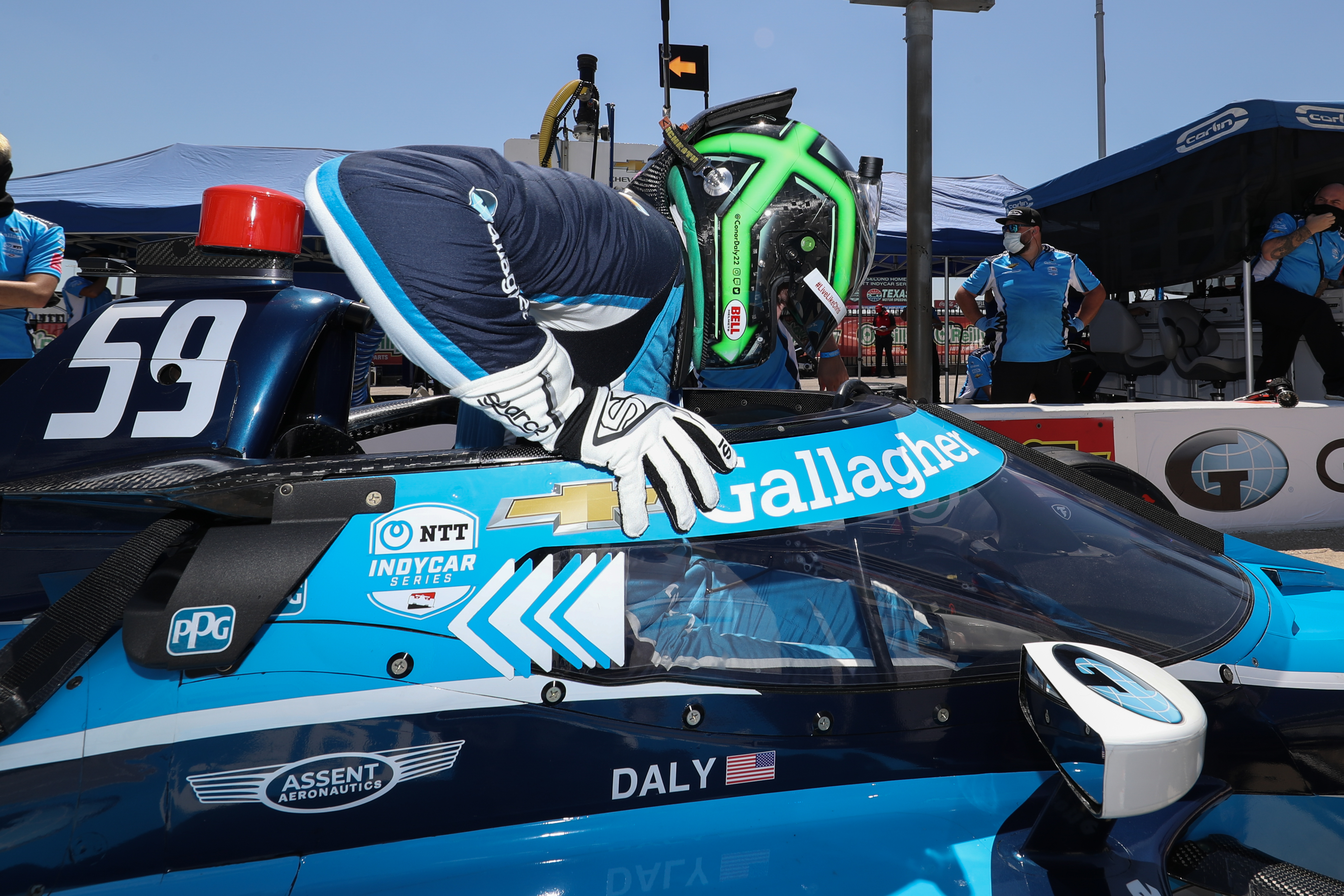
An all-Ganassi/Penske top three suggests the opposite, but there were smaller-scale upsets throughout the day at Texas.
Amid the plethora of mistakes, those that got their heads down and executed smoothly were rewarded – whether that was for superior preparation, a calmer demeanour or some beneficial set-up guesswork.
The rarely-heralded Zach Veach was Andretti Autosport’s star turn, AJ Foyt Enterprises was a frontrunner with Charlie Kimball in particular and Carlin got only its third top-six finish in IndyCar with Conor Daly.
The underdog upset factor may be smaller in F1.
Though IndyCar’s reduction in practice mileage wasn’t actually huge despite going from a three-day Texas timetable in 2019 to a single day, the time for thinking, working and recovering between practice, qualifying and the race was massively compacted compared to last year’s spread-out bill shared with NASCAR Trucks. F1 operating to its usual format will negate this – by race day teams should be closer to their optimum.
IndyCar teams were also adapting on the hoof to the increased weight of the aeroscreen and its effect on oval set-ups, and dealing with an impromptu tyre combination as Firestone was denied the chance to prepare the rubber it wanted to for this track due to the impact of the coronavirus pandemic.
F1 won’t have these unknown qualities, and the competitive gap between its haves and have nots is a far greater gulf than in IndyCar. An upset in Austria is more likely to come in the form of an unusual ‘class B’ winner than one of those underdog teams getting among the outright top six.
But F1’s midfielders are already eyeing the early 2020 races as their big scoring opportunity, and results like Carlin’s should buoy them.
Reliability could be more of a lottery
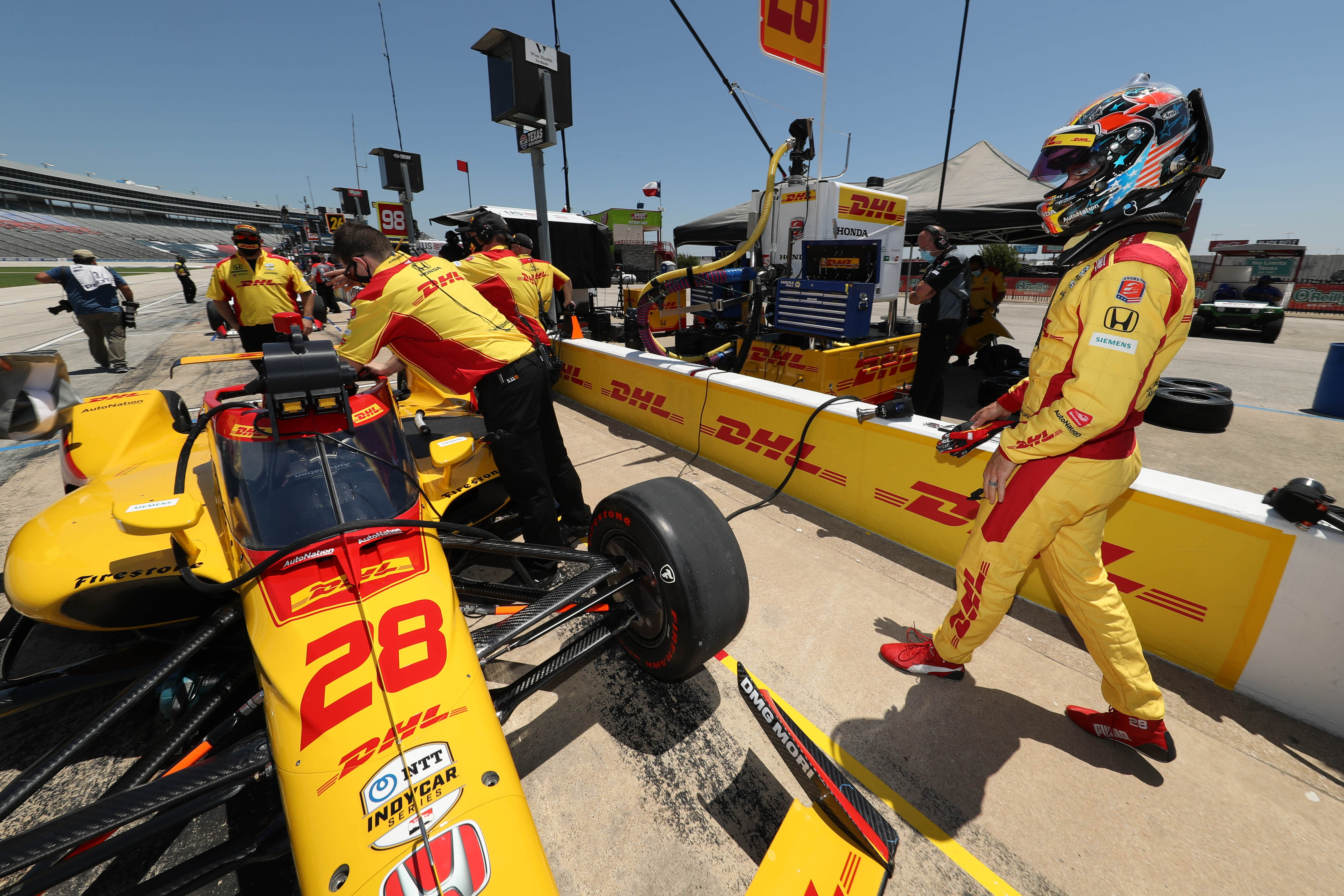
The sight of three cars – two from Andretti and one from Rahal – struggling to fire up properly and join the start of the IndyCar race due to an ECU issue was the most obvious manifestation of rustiness from the extended gap.
Cars and engines haven’t run for months, testing was a long time ago and the build-up has been disjointed and restricted due to factories being closed to help prevent the transmission of COVID-19. That means cars have been sat idle for longer, and teams have had less time than usual to spend on adequately fettling them.
Even if F1 has more chance to iron these glitches out in practice, teams could well lose a lot of mileage as they do so, and start procedures and situations will be hard to fully replicate until the actual moment.
There could be some small gremlins with big consequences.
Difference in atmosphere is noticeable
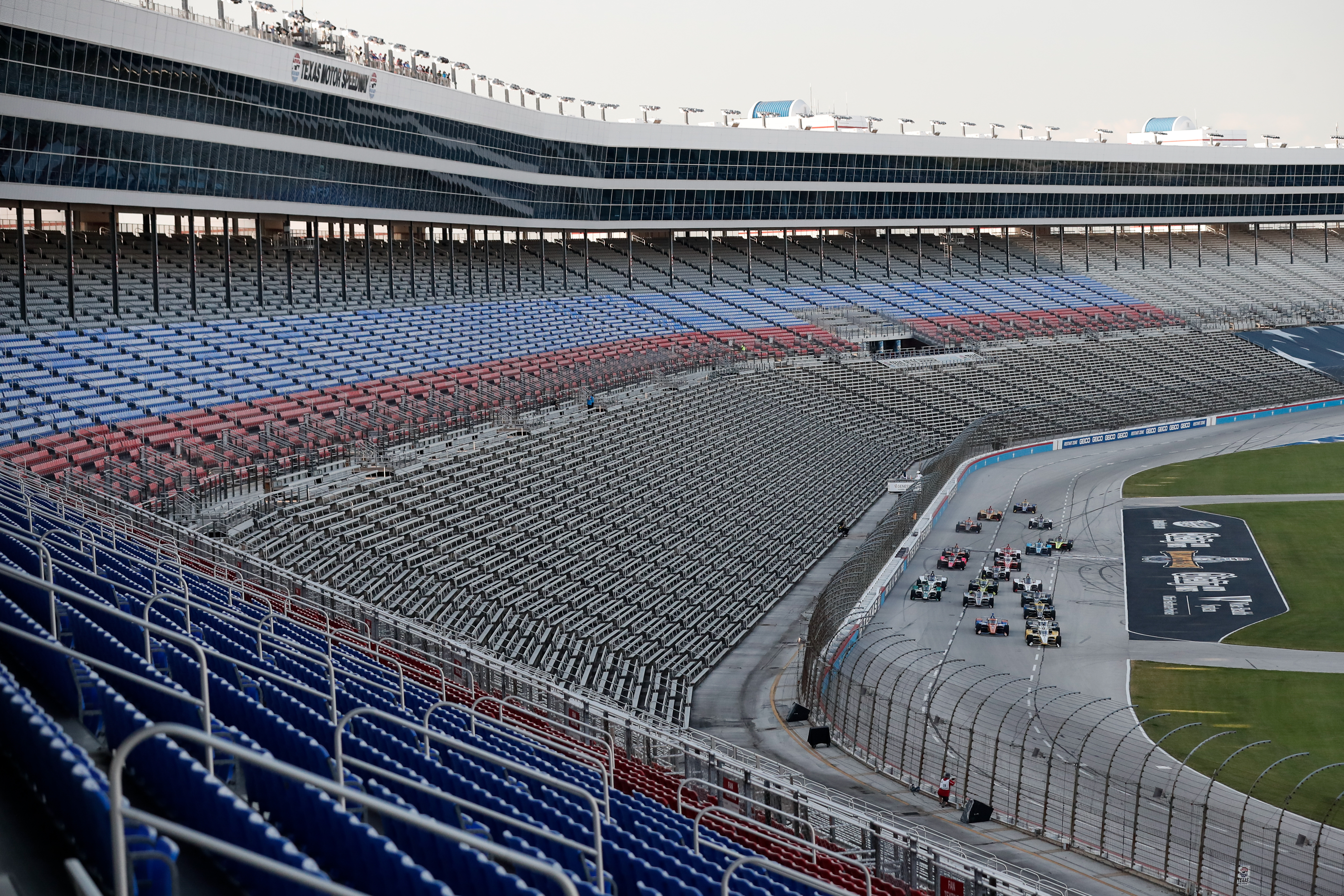
The vast empty grandstands and sparsely populated Texas paddock were an eerie sight. It felt just how it looked: empty.
The on-track racing is the main thing but emotion is a big part of the spectacle and the lack of atmosphere was palpable even via the television broadcast.
Is following football in providing some form of artificial crowd noise – or even cardboard cutout fake crowds – worthwhile, for viewers rather than participants?
Even with artificial substitute measures on broadcasts, there will be moments when the loss of atmosphere is telling. Don’t expect to see Lewis Hamilton throwing himself into his team’s arms in parc ferme should he win, for instance. Celebrations – and commiserations – will have to be strangely distant.
Some kind of artificial variable might be necessary
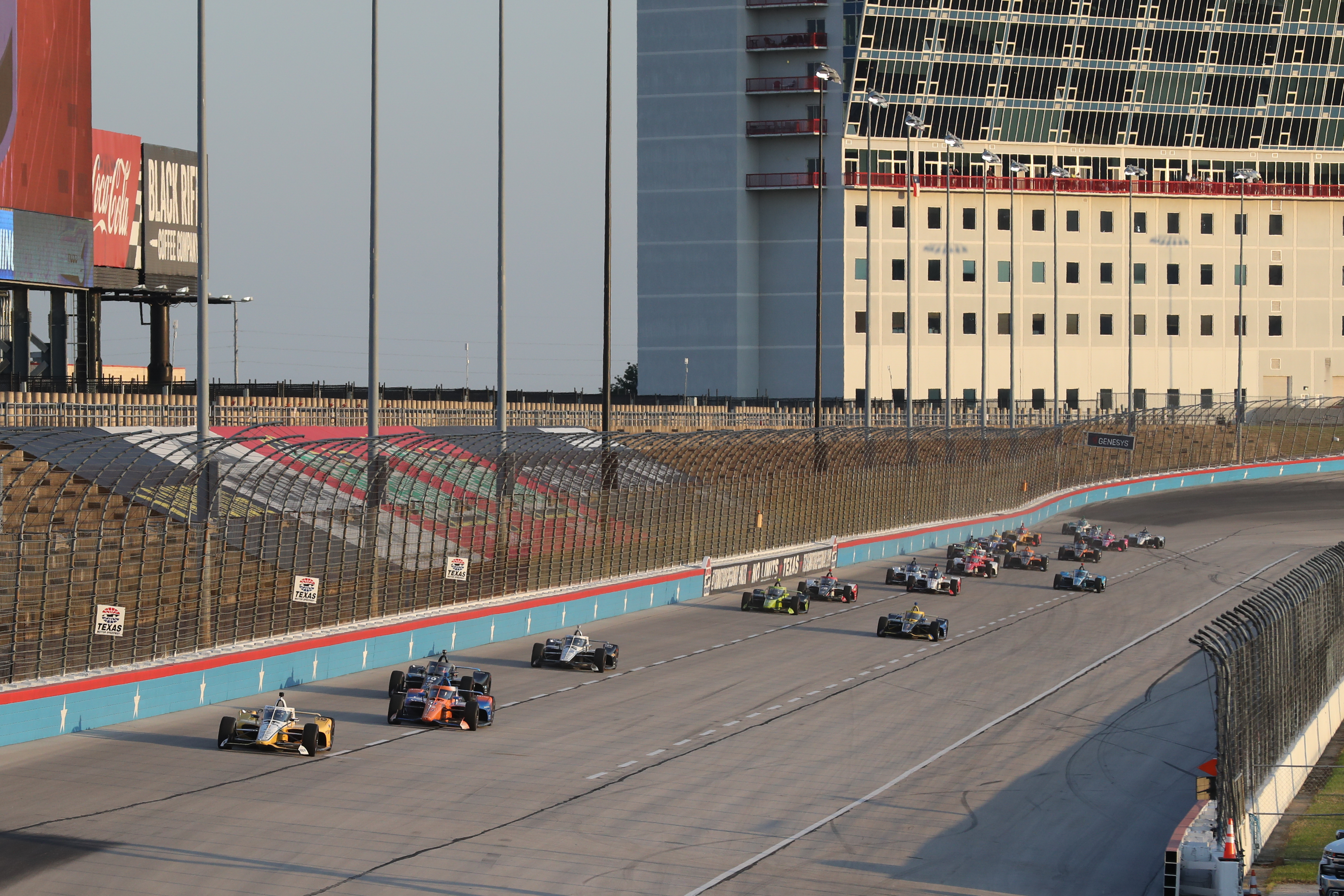
Dixon’s domination, and the lack of grip higher up the track and its effect on overtaking, made Texas a potentially dull race whose wheel-to-wheel highlights largely came from the field being closed up by the mid-race debris caution.
With the F1 season starting with repeat races at the same venue and a clear ‘no’ to reversed-grids, does F1 need to think of something more palatable to create some variation? Whether that’s an adjustment to tyre rules or a milder format change?
There’s been a very long wait for F1 racing and there’s a large captive audience awaiting it. The openers proving dull and repetitive would waste the opportunity that exists here.
The broadcast effort needs some creative thinking
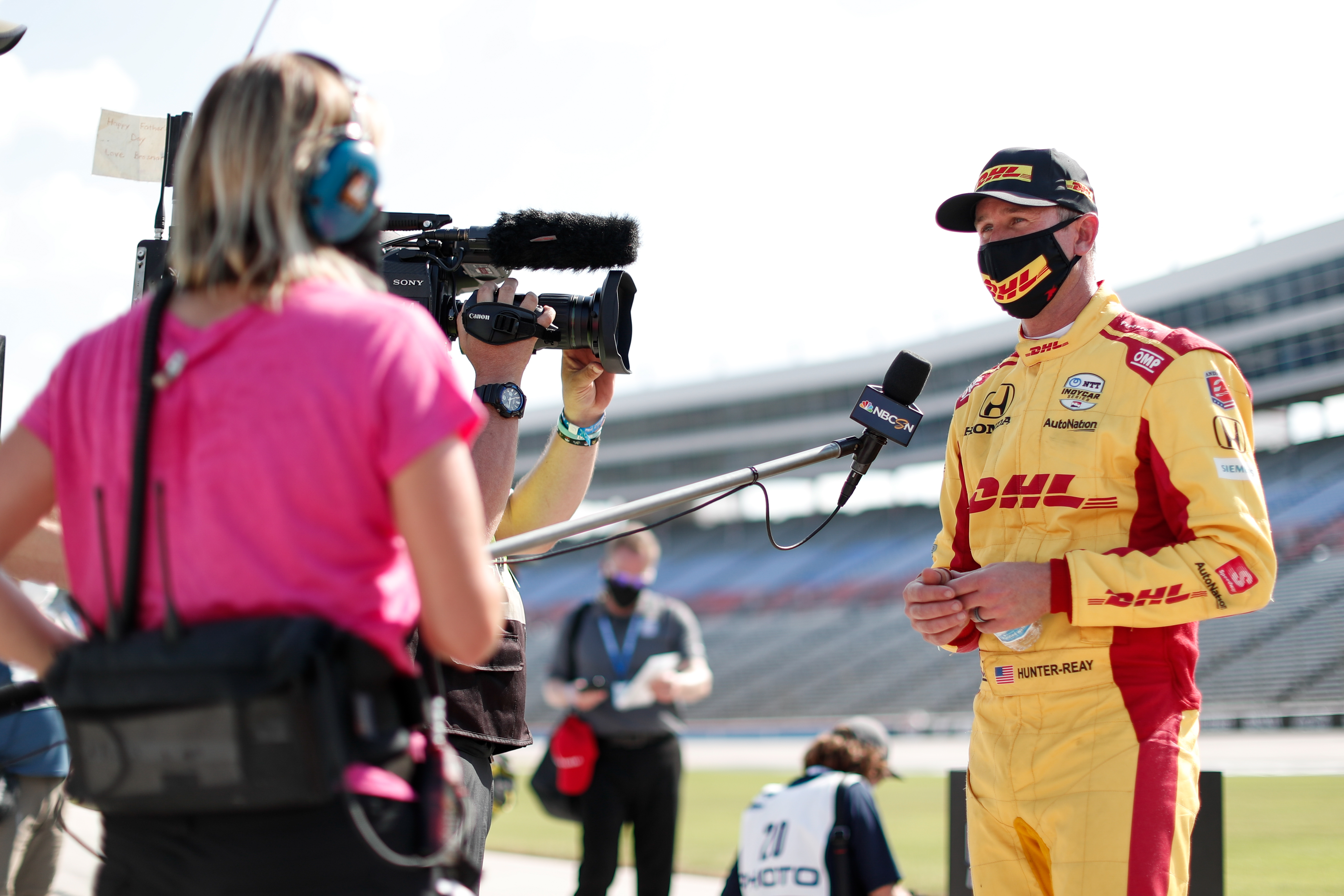
No safety chances were taken when TV reporters interviewed drivers at Texas: face coverings and appropriate distancing measures were in place.
But that sensible and necessary approach led to a disengaged feeling in those interviews, with drivers distant and their faces obscured. The framing may have been deliberate to clearly show the safety measures were being taken, but it felt stilted – faraway drivers speaking behind masks in front of empty grandstands or in a near-silent paddock was unsettling.
While that’s not IndyCar’s fault, it gives food for thought to F1 broadcasters with an additional month for their preparations.
F1 will also have a bit more time to play with, as IndyCar’s packed one-day timetable meant lots of interviews in the pitlane. While exactly what access broadcast interviewers will have in F1 and how it will be physically set up is still being finalised, the timetable will at least allow more scope for safe creativity.
And if you’ve already been watching NASCAR’s races since it resumed last month, the distant and face-covered interview set-up now feels like an unobtrusive norm. So you do get used to it and F1 fans will too – though it’s certainly jarring at first.
On-track camera angles often accentuated Texas’s emptiness. Shots panning away to show the big grandstands at restart can be evocative when those seats contain fans and were still interesting on a documentary front for these closed-doors races, but too often in the Texas broadcast they just rammed home the abnormality of the situation.
At least the lack of fans removes any possibility of the F1 director cutting away from an exciting on-track moment to a crowd reaction…
The reality of 2020 shouldn’t be airbrushed away, that would be almost disrespectful to the millions suffering as a result of a global health crisis in which disruption to motorsport is a tiny, tiny footnote.
But if one of the key arguments for sport’s early resumption is to help the emotional wellbeing of its fans, then those fans deserve the presentation to be as reassuringly familiar and emotionally engaging as safety practicalities allow.






